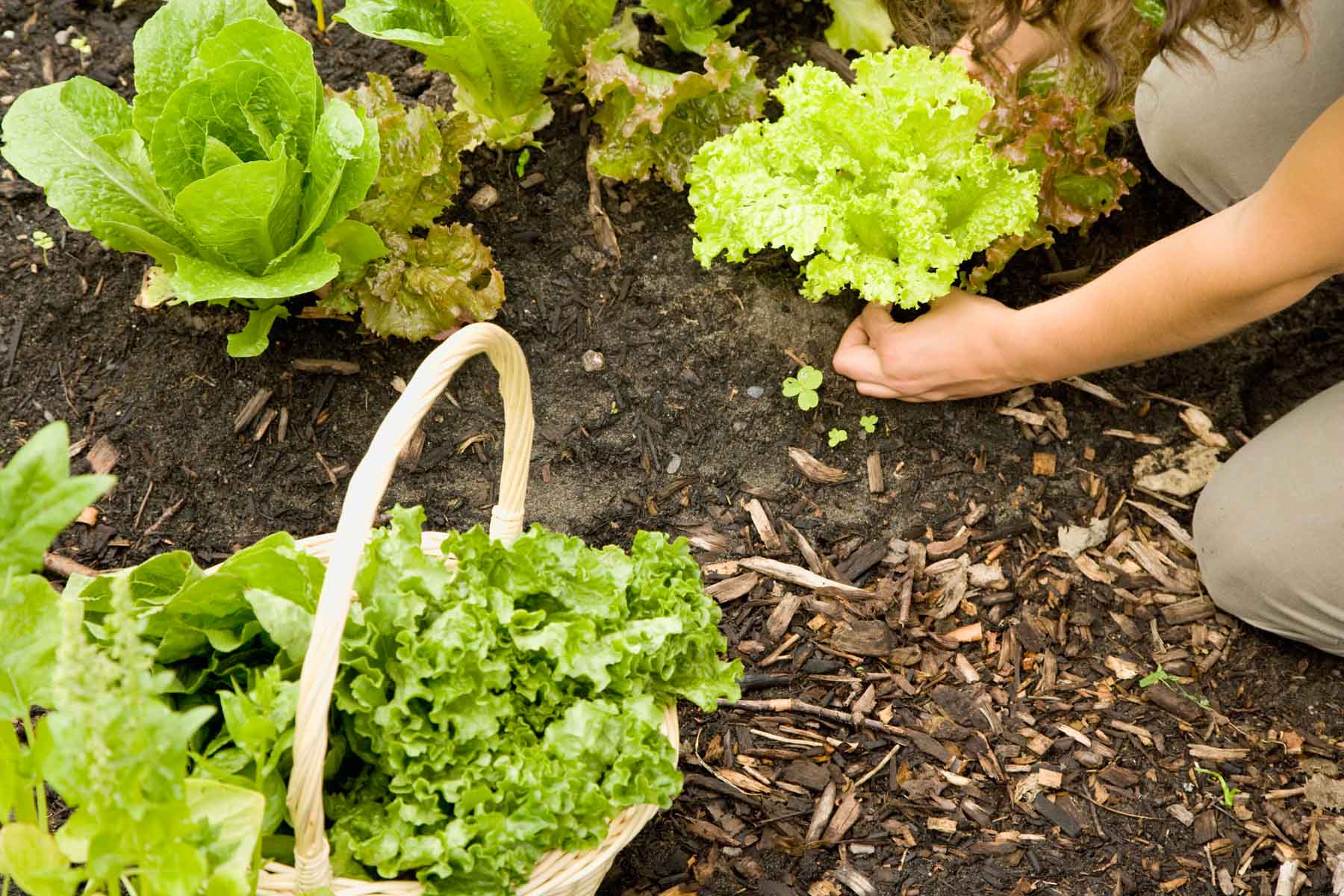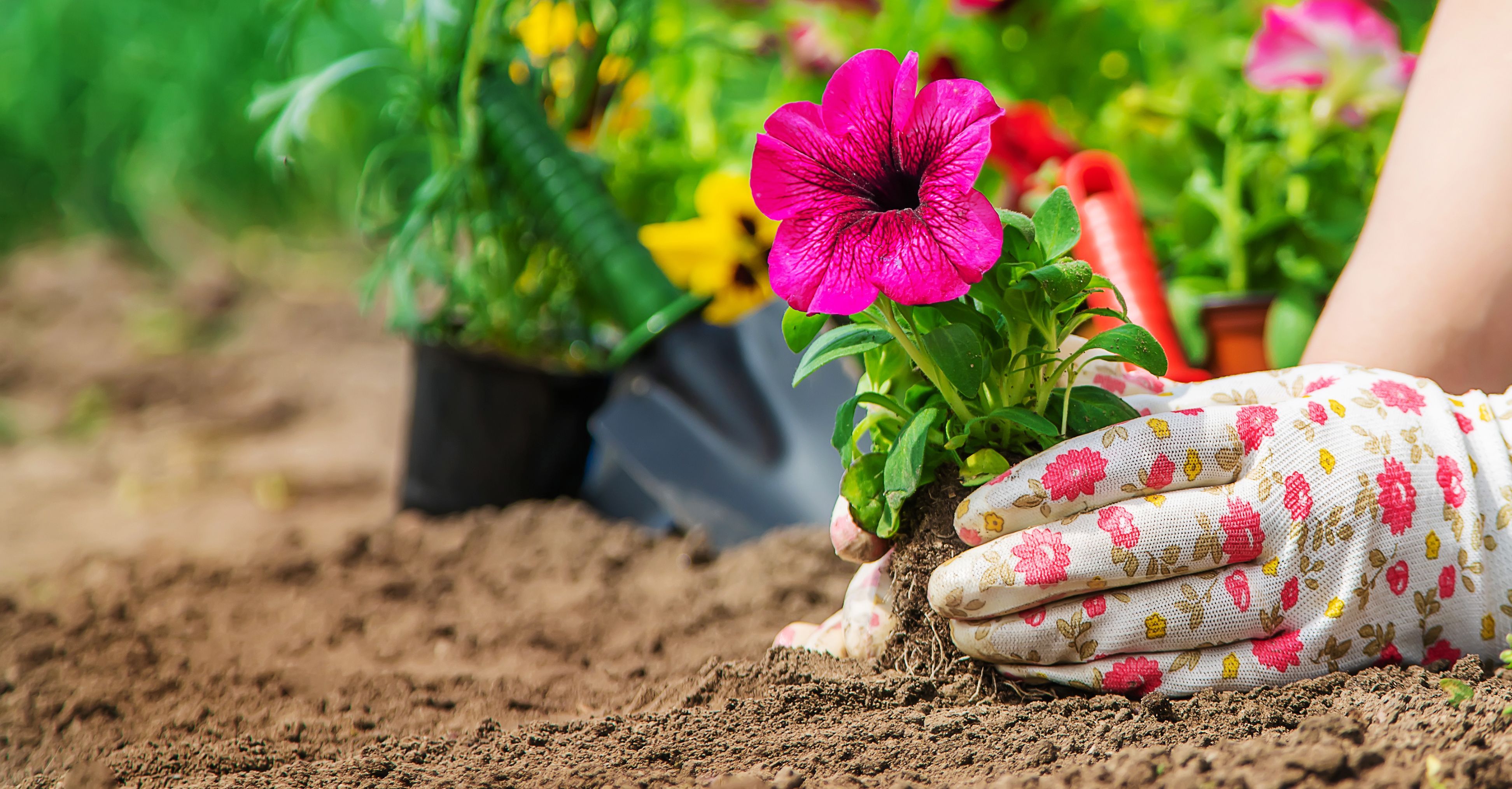Perpetual Spinach Companion Planting: The Ultimate Guide To Growing More Greens
Perpetual Spinach Companion Planting: The Ultimate Guide to Growing More Greens
Spinach is a leafy green vegetable that is packed with nutrients, making it a healthy and delicious addition to any diet. It is also relatively easy to grow, making it a great choice for even beginner gardeners.
One way to improve your chances of success when growing spinach is to practice companion planting. Companion planting is the practice of planting certain types of plants together in order to benefit each other. Some plants, for example, can help to repel pests or diseases, while others can help to improve the soil quality.
When it comes to spinach, there are a number of great companion plants that can help you to grow more greens. In this blog post, we will discuss some of the best companion plants for spinach, as well as some tips on how to get the most out of companion planting.
What are Companion Plants?
Companion plants are plants that are beneficial to each other when grown together. They can help to improve the growth, health, and productivity of each other in a number of ways. For example, some companion plants can help to repel pests or diseases, while others can help to improve the soil quality.
There are a number of different factors to consider when choosing companion plants. Some important factors include the plants' growth habits, their nutrient requirements, and their susceptibility to pests and diseases.
Why Companion Plant Spinach?
Spinach is a relatively easy plant to grow, but it can be susceptible to a number of pests and diseases. Companion planting can help to protect spinach from these problems by attracting beneficial insects, providing shade, or improving the soil quality.
In addition, companion planting can help to improve the yield of spinach by providing the plant with the nutrients it needs. Some companion plants can also help to extend the spinach growing season.
Best Companion Plants for Spinach
There are a number of great companion plants for spinach. Some of the best include:
- Brassicas. Brassicas, such as broccoli, cabbage, and cauliflower, are great companions for spinach because they have different root systems and do not compete for nutrients. They can also help to repel pests.

- Lettuce. Lettuce is another great companion plant for spinach. They have similar growth habits and nutrient requirements, and they can help to shade the spinach plants from the hot sun.

- Peas. Peas are nitrogen-fixing plants, which means they add nitrogen to the soil. This can benefit the spinach plants, as nitrogen is an important nutrient for plant growth.
- Herbs. A number of herbs, such as chives, dill, and mint, can be good companion plants for spinach. They can help to repel pests and improve the flavor of the spinach leaves.

- Flowers. Some flowers, such as marigolds and nasturtiums, can also be good companion plants for spinach. They can help to attract beneficial insects and deter pests.

How to Companion Plant Spinach
When companion planting spinach, it is important to consider the plants' growth habits and nutrient requirements. For example, you should not plant spinach next to plants that are very tall or that have aggressive root systems.
You should also plant companion plants that have similar water and sunlight needs. Spinach does not like to be overwatered, so you should avoid planting it next to plants that require a lot of water.
Once you have chosen the right companion plants, you can plant them in the same bed or row as the spinach. You can also interplant them, which means planting them in alternating rows or holes.
Conclusion
Companion planting is a great way to improve the growth, health, and productivity of your spinach plants. By planting spinach with the right companion plants, you can help to protect it from pests and diseases, improve the soil quality, and extend the growing season.
If you are new to companion planting, start by choosing a few of the companion plants listed above. Plant them in the same bed or row as your spinach plants, and see how they do. With a little trial and error, you will be able to find the perfect companion plants for your spinach garden.
Perpetual spinach is a type of spinach that can be harvested throughout the growing season. It is a cool-season crop that prefers full sun or partial shade. When companion planting perpetual spinach, it is important to choose plants that have similar growing requirements. Some good companion plants for perpetual spinach include:
- Brassicas: Brassicas, such as broccoli, cabbage, and cauliflower, are all good companions for perpetual spinach. They have different root systems than spinach, so they do not compete for nutrients. Brassicas also help to repel pests, such as aphids and cabbage worms.
- Carrots: Carrots are another good companion plant for perpetual spinach. They help to improve the drainage of the soil, which can help to prevent spinach from bolting.
- Lettuce: Lettuce is a cool-season crop that prefers similar growing conditions to perpetual spinach. It can be planted in between rows of spinach to help to shade the soil and prevent weeds from growing.
- Peas: Peas are a nitrogen-fixing crop, which means that they can help to improve the nitrogen content of the soil. This can benefit both the peas and the spinach.
For more information about perpetual spinach companion planting, please visit Gardenia Inspiration. This website has a wealth of information on growing perpetual spinach, including tips on companion planting.
FAQ of perpetual spinach companion planting
Q: What are some good companion plants for perpetual spinach?
A: Some good companion plants for perpetual spinach include:
- Beans and peas: These legumes fix nitrogen into the soil, which can help to improve the growth of the spinach. They also provide shade, which can help to prevent the spinach from bolting.
- Cabbage, cauliflower, and broccoli: These brassicas do not compete with spinach for the same nutrients in the soil, thanks to their different root systems. They can also help to deter pests from the spinach.
- Onions and garlic: These plants release sulfuric compounds that can help to repel pests from the spinach.
- Strawberries: Strawberries can help to attract beneficial insects to the garden, which can help to control pests that may damage the spinach.
- Marigolds: Marigolds are known for their insect-repelling properties. They can help to keep pests away from the spinach, and they can also add a splash of color to the garden.
Q: What are some plants that should not be planted near perpetual spinach?
A: Some plants that should not be planted near perpetual spinach include:
- Tomatoes: Tomatoes and spinach compete for the same nutrients in the soil, so planting them together can stunt the growth of both plants.
- Carrots: Carrots are susceptible to a root-knot nematode that can also infect spinach. Planting these two vegetables together can increase the risk of spreading the nematode.
- Corn: Corn produces a chemical that can inhibit the growth of spinach. Planting these two vegetables together can stunt the growth of the spinach.
- Melons: Melons and spinach have different water needs, so planting them together can lead to one plant getting too much water and the other plant not getting enough.
- Potatoes: Potatoes and spinach compete for the same nutrients in the soil, so planting them together can stunt the growth of both plants.
Q: How far apart should I plant perpetual spinach and its companion plants?
The spacing requirements for perpetual spinach and its companion plants will vary depending on the specific plants involved. However, as a general rule of thumb, you should space perpetual spinach plants about 6 inches apart and companion plants about 12 inches apart.
Q: How can I use companion planting to improve the growth of my perpetual spinach?
There are a few different ways that you can use companion planting to improve the growth of your perpetual spinach. One way is to plant companion plants that fix nitrogen into the soil, such as beans or peas. This can help to provide the spinach with the nutrients it needs to grow healthy and strong. Another way to use companion planting is to plant companion plants that deter pests, such as onions or garlic. This can help to keep your spinach safe from damage by pests. Finally, you can also plant companion plants that attract beneficial insects, such as marigolds. These insects can help to pollinate your spinach plants and control pests.
Q: What are some other benefits of companion planting?
In addition to improving the growth of your perpetual spinach, companion planting can also offer a number of other benefits, such as:
- Reducing the need for pesticides
- Improving soil health
- Attracting pollinators
- Creating a more visually appealing garden
Image of perpetual spinach companion planting
- Image 1: A bed of perpetual spinach with rows of beans and peas planted on either side. The spinach is shaded by the taller beans and peas, which helps to prevent it from bolting.

- Image 2: A patch of perpetual spinach with cabbage and cauliflower plants growing nearby. These vegetables are all in the same family, so they have similar growing requirements and can help to deter pests from each other.

- Image 3: A row of perpetual spinach with onion plants planted at the end. The onions help to repel pests from the spinach, and their strong scent can also help to improve the flavor of the spinach.

- Image 4: A bed of perpetual spinach with strawberry plants growing in the center. The strawberries help to provide shade for the spinach, and the spinach helps to keep the soil moist around the strawberries.

- Image 5: A patch of perpetual spinach with nasturtiums planted around the edges. The nasturtiums help to attract beneficial insects to the garden, which can help to control pests.

Post a Comment for "Perpetual Spinach Companion Planting: The Ultimate Guide To Growing More Greens"